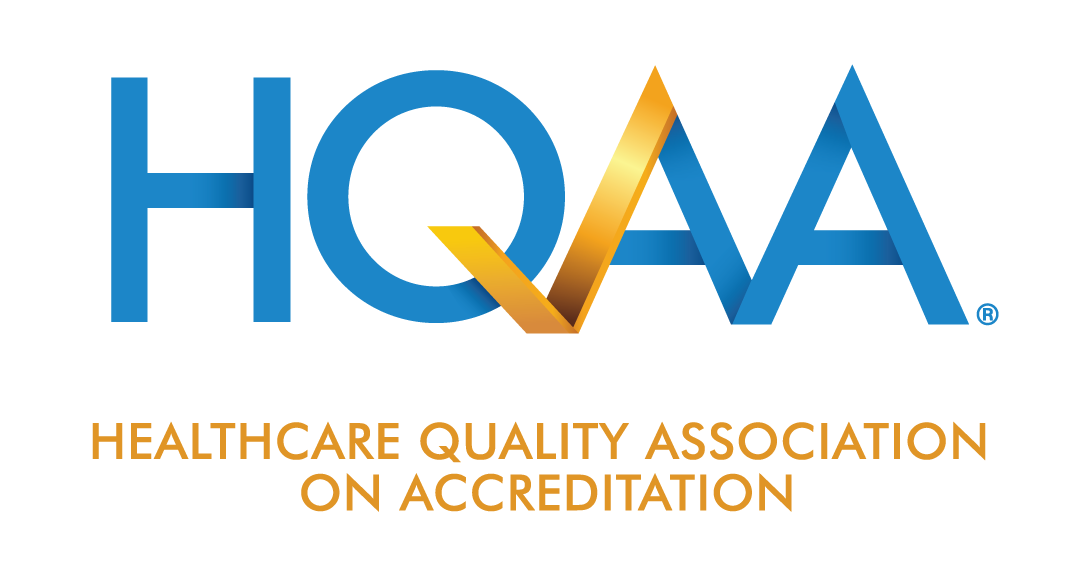 A dictionary defines disclosure as “the action of making new information known or the action or process of revealing information.” In the medical world, healthcare providers define disclosure as “a release of information to persons or entities other than the patient who is the subject of the information.”
A dictionary defines disclosure as “the action of making new information known or the action or process of revealing information.” In the medical world, healthcare providers define disclosure as “a release of information to persons or entities other than the patient who is the subject of the information.”
Disclosure seems at first glance like a very straightforward concept with rules that are easy to understand and follow. But it can be complex and confusing, and is often misunderstood. Let’s look at disclosure from an accreditation perspective and try to understand the requirements of regulations relating to the concept.
HQAA has a stand-alone standard that addresses the issue. It is PRO 5—DISCLOSURE TO OUTSIDE ENTITIES. The standard reads as follows:
PRO 5—DISCLOSURE TO OUTSIDE ENTITIES
The organization has a policy and process that allows for full disclosure of any or all of the organization’s documents to all applicable accreditation organizations, government agencies and/or payer representatives, as allowable by state and federal regulations. This policy addresses any requirements pertaining to the disclosure of any documents pertinent to any review, investigation or appropriate request for required documentation as needed. The supplier shall comply with payer (i.e. Medicare) disclosure of ownership and control information requirements found at 42 CFR 420.201 through 420-206.
The standard is essentially asking all accredited organizations to put a policy in place that describes the conditions under which information would be shared with agencies ranging from payer sources to government oversight groups. The policy should also describe how information is released to family members, caregivers, other healthcare providers working with the patient, and the prescribing physician’s office.
When a patient is admitted to service, the initial paperwork should include a form or section in the admission paperwork called the “Release of Information.” The release describes the organization’s policy for the patient and gives the patient the opportunity to specify who has access to the information. For instance, the patient signs off that the organization may release pertinent medical records to the insurance company on behalf of the patient to obtain coverage/payment. Thus, a patient’s sleep study (in the case of CPAP), or blood gas results (in the case of oxygen), or face-to-face visit notes (in the case of many different equipment categories) may be obtained from the referral source or physician and shared with the insurance company.
The list of “who” the DME organization may (or in some cases, must) release information might include:
- A patient’s caregivers
- A patient’s spouse or significant other
- Relatives or friends with power of attorney
- The referring physician
- Other physicians involved in the patient’s care plan
- Other medical providers, such as home health agencies, pharmacies, etc.
- Accrediting organizations for the purpose of chart review during survey or to follow up on a complaint or issue
- Payer sources (insurance companies-- including secondary insurances)
- Government agencies tasked with investigating home healthcare providers
- Court-ordered mandates
Another very important aspect of the PRO 5 Disclosure standard is the disclosure of ownership. Codified into federal law, the requirement is that the DME organization lets any new patients/customers, any referral sources, government and accreditation agencies, and the public in general know who owns the organization. The purpose of this requirement is to ensure everyone knows “who they’re dealing with” when using an organization as a provider. For most privately-owned mom & pop businesses, this isn’t an issue. But for places that are owned by other businesses, it becomes crucial and necessary to have complete disclosure. An example here is when hospital owned providers operate in the community under another name.
When a person is hospitalized and a discharge planner comes to visit and help plan for the patient’s discharge to home with DME or some other home care service, they typically provide a list of potential companies for the patient to choose from. If one of the DME companies on the list is owned by the hospital, its logical and fair to expect the discharge planner to disclose that fact. It is also incumbent on the DME to ensure that their patient/customer understands the ownership information and understands who they’re dealing with for their home medical equipment. The DME has a responsibility (because of this standard) to inform the patient and give complete disclosure about ownership of the DME.
When you apply for accreditation, you’ll be asked about your policy and process for disclosure. At HQAA, this includes submitting a disclosure policy into your workroom prior to survey. When the surveyor visits, expect them to review the paperwork you use for the release of information and how and what your company discloses to new patients/customers at the time of admission to service. Staff should be conversant on all aspects of disclosure and understand how the process works.
Think of disclosure as an honest conversation with your patient about your business. The PRO 5 standard requires it! Honesty is not only the best policy, it is also an accreditation standard and a requirement of the federal government.


